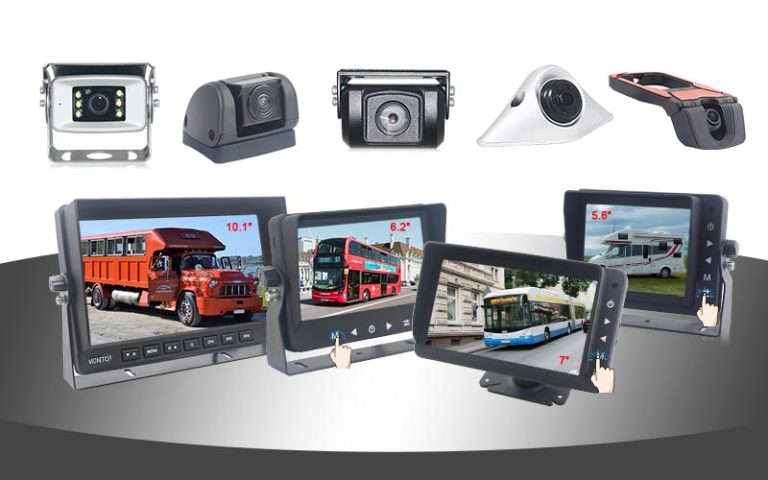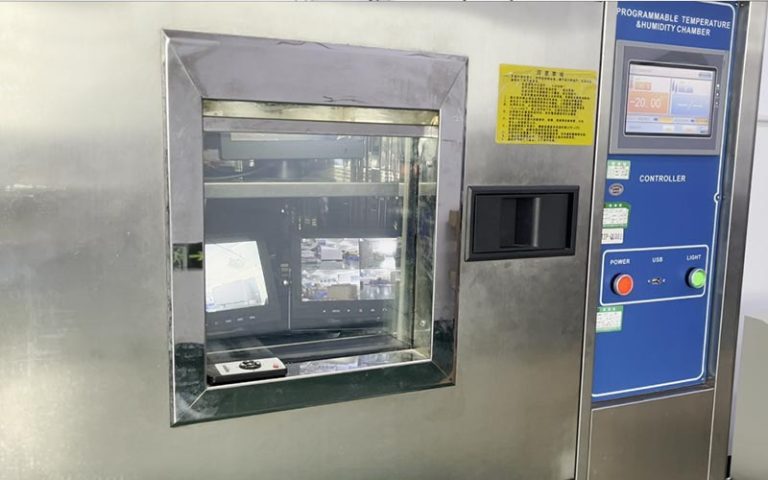
An important choice exists between wired and wireless camera surveillance systems when it comes to reversing operations and monitoring systems for large vehicles. This is a technology with a wide range of applications that can significantly improve the safety and efficiency of vehicle operations. This article will explore the unique advantages of wireless camera monitoring systems over wired systems to help you better understand the differences between the two technologies and how to make the best choice for your large vehicle.
Table of Contents
Eliminate the hassle of wiring
The most obvious advantage of a wireless camera surveillance system is that it eliminates the hassle of wiring. In contrast, wired systems require cable connections to be transmitted from the camera to the display or monitoring device, which often requires a complex wiring process. In the case of large vehicles, such as cranes and long trucks, long distances of cabling can be very difficult or even impractical. Wireless systems offer a more convenient solution for these vehicles by eliminating the need for long distance cable transmission.
Installation Flexibility
Since wireless systems do not require cable connections nor turn holes, they are more flexible to install. This means you can more easily move the monitoring system from one vehicle to another without complicated disassembly and rewiring. This flexibility is useful for fleet management and situations where you need to rotate the monitoring system between multiple vehicles.
High Definition Picture Transmission
Wireless camera surveillance systems also offer HD picture transmission, ensuring you get clear surveillance images. This is important for accurately identifying obstacles, vehicles and environmental details, improving the visual perception of drivers.
Wireless camera surveillance systems are the preferred choice in the large vehicle segment due to their superior features. By eliminating wiring hassles, providing flexible installation and HD picture transmission, wireless systems provide easier, safer and clearer vision for reversing operations. These features make them ideal for modern vehicle monitoring systems, providing drivers with better visual perception and operational efficiency. In between choices, understanding the benefits of these systems can help you make more informed decisions to ensure safe and efficient vehicle operation.



